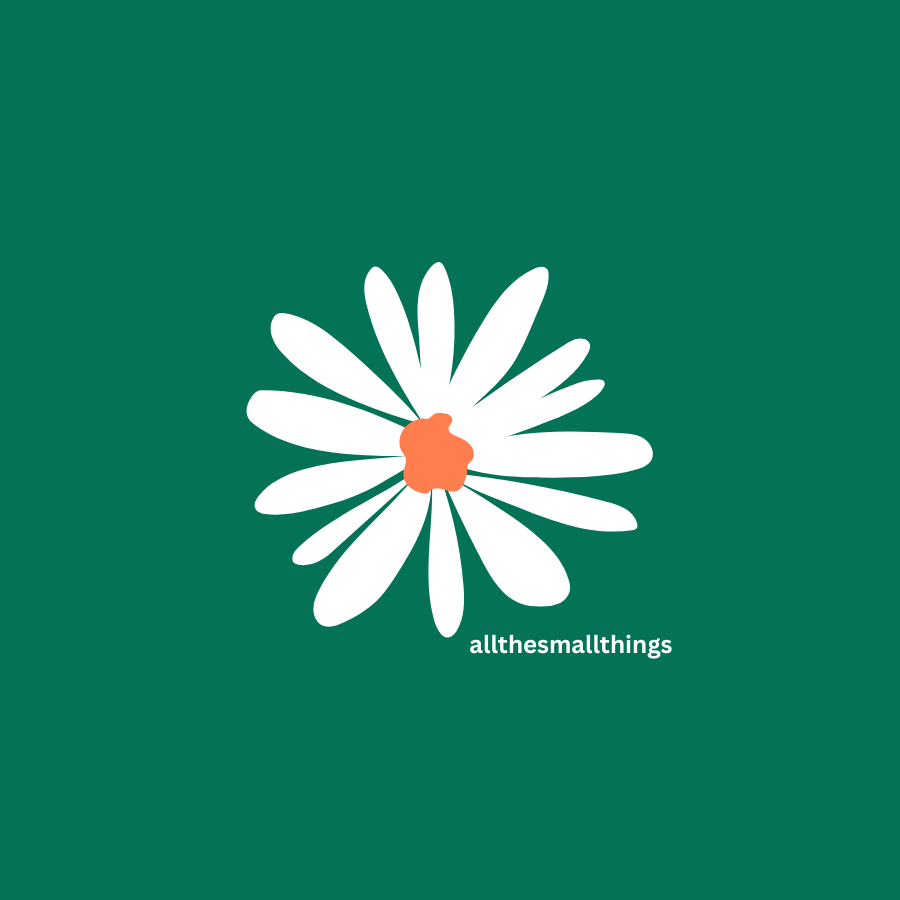My Goggly Eyed Monster is a Hero

For the past 2 weeks, in our creative dramatic workshop we’ve been working on creating our own story inspired by: by Kobi Yamada’s picture book What Do You Do with an Idea? We have been creating characters, building machines, exploring far away worlds and the folds of brains to find the perfect setting for our story. The goal of the workshop is to collaborate in creating a story collaboratively in 6 six weeks. And in doing so be part of a process that develops our believes about ourselves and our willingness to try thing.
We’ve been playing a variety of improv theatre games, designed characters, inventing what they look like and how they exist in made up worlds, and try build confidence to share our ideas and have the patience to listen to our team-mates ideas too. But also we just have fun acting like birds, some embrace their inner chicken and others their inner falcon!

We imagine the sound of 10000 seater stadiums cheer our names as we shoot a 3 pointer, harnessing our inner Micheal Jordan, he dribbles, he aims, he shoots, he SCORES!!! The crowd goes mental!

We also learn that acting isn’t easy (bad acting is maybe,) but in the worlds we create it takes time to transform into a bird and then into a grumpy 88 year old person crossing the road after which your morph back into a cheetah sprinting across the Savannah only to find resting place in the shade of tree. To do so well we have to pay attention to detail, embody the images we recall and find away to be uninhibited in our expression.

Sometimes it can be hard! Or rather, as I like to say, hard fun! Meaning, we do exciting challenging activities but we experience enjoyment, even when things are difficult we persevere and in doing so we experience satisfaction!
Pretend play, creating stories and imaginative, listen and observe, suspend disbelief, be resilient, it takes effort and we need to be agile and responsive in situations that quickly change. One minute you’re exploring the depths of the Amazon jungle, the next your arriving at your friends house for a Tea Party.

The boundaries of improvisation are really quite open but the main parameter is to make things up on the spot, as you go. To think on your feet with conviction and without hesitation. Theatrical improv games, often create some sort of sandbox that establishes parameters, still the outcomes are unclear, anything is possible and kids have the freedom to make choices and see what happens. Dialogues, characters, story plots and conflicts are not pre-determined, meaning lots of room for autonomy, choice making, risk taking and spontaneity.
It’s also about paying attention, REALLY paying attention and being present. We can’t do this if we are not listening or if we are judging ourselves or others, we can’t do this if we are pre-planning or stockpiling, it causes cognitive overload inhibits us. Improv games really helps us develop our ability to stay present, it short circuits your ability to anticipate whats going to happen. An so we are able to design multi-toothed Germano, the germ who never leave home with his indestructible germ-pop weapon. When asked if the character is a Antagonist (Villain) or Protagonist (Hero), answering with conviction it can be explained that Germano is infant a Hero “because he is actually a good, he keeps you healthy.”
Side note: I’m pretty sure 7 year old boys try avoid baths as much as possible, skipping bath time might just be a minor victory, and Germano the metaphor for that. I suppose that that’s the magic of made up worlds and creativity, they may be fiction formed from our realities or they may just be completely random!


An important part of Creative Dramatic Workshops (in fact all my learning settings) is to create brave spaces, spaces in which young children feel confident or develop a willingness to try new things, experiment and minimise fear of making mistakes. In facilitating these workshops I really try to develop the child and foster growth mindset. Simply put growth minded people believe that their abilities are malleable and therefor more likely to embrace challenges and persist despite failure.
Creating brave spaces (rather than safe spaces) is to create learning setting in which we grow this kind of thinking but also allow for kids to be freer and more imaginative in the creative thinking capacities, and worry less about right and wrong or getting the moves right. So what does that look like for kids ages 7–11?
Perhaps its when a kid dances so fearlessly that he looses his balance and falls and in hitting the ground literally goes with it (the momentum) and turns that “mistake” into a break dancing bum spin, as if he were Channing Tatum in scene from Step Up 2. Or perhaps it is when ink splotches are no longer perceived as mistakes but rather transform into the goggly eyed monsters 7th, no the 8th, no the 11th eye, that we experience effectuation and have the confidence to experiment. Maybe that’s when the Goggly eyed monster is indeed a hero!

